Tomb of Nguyen Dynasty hero who went to villain and back to hero
Lang Ong Ba Chieu Temple sits on a piece of land that is shaped like a turtle’s back and slightly higher than its surroundings. The temple’s location is considered supreme in feng shui terms.
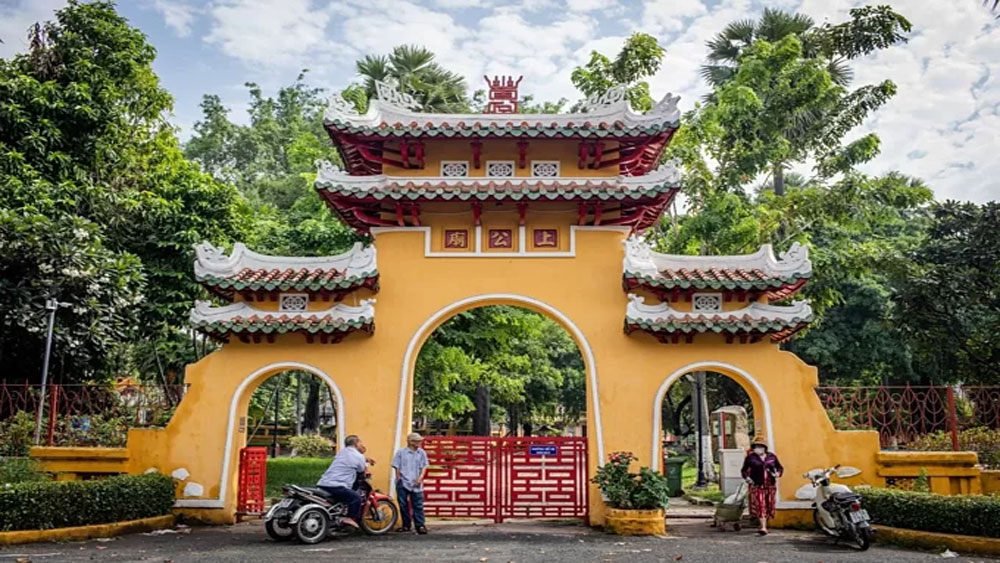 |
|
The temple, designed by architect Nguyen Van Tan and built in 1949, has four gates named after the cardinal directions with the Southern Gate (pictured) being the main one now. |
The temple, designed by architect Nguyen Van Tan and built in 1949, has four gates named after the cardinal directions with the Southern Gate (pictured) being the main one now.
 |
|
The tombs of Le Van Duyet and his wife are the oldest structures in the temple. Because the two are identical, it is not known exactly which one is whose. |
It is considered a symbol of Ho Chi Minh city and the southern region just like other important regional structures like the Phuoc Duyen Tower in Thien Mu pagoda, the symbol of Hue and the central region, and the One Pillar Pagoda, the symbol of Hanoi and the north.
The tombs of Le Van Duyet and his wife are the oldest structures in the temple. Because the two are identical, it is not known exactly which one is whose. In front of the tombs are two lion statues is different sizes. One theory is that the tomb behind the smaller statue is Duyet’s.
The temple’s architecture has influences of the Hue Imperial Citadel, according to historian Dr Bui Thi Ngoc Trang. Artisans skilfully selected and patched together porcelain pieces and stained glass to create works like the one in the picture.
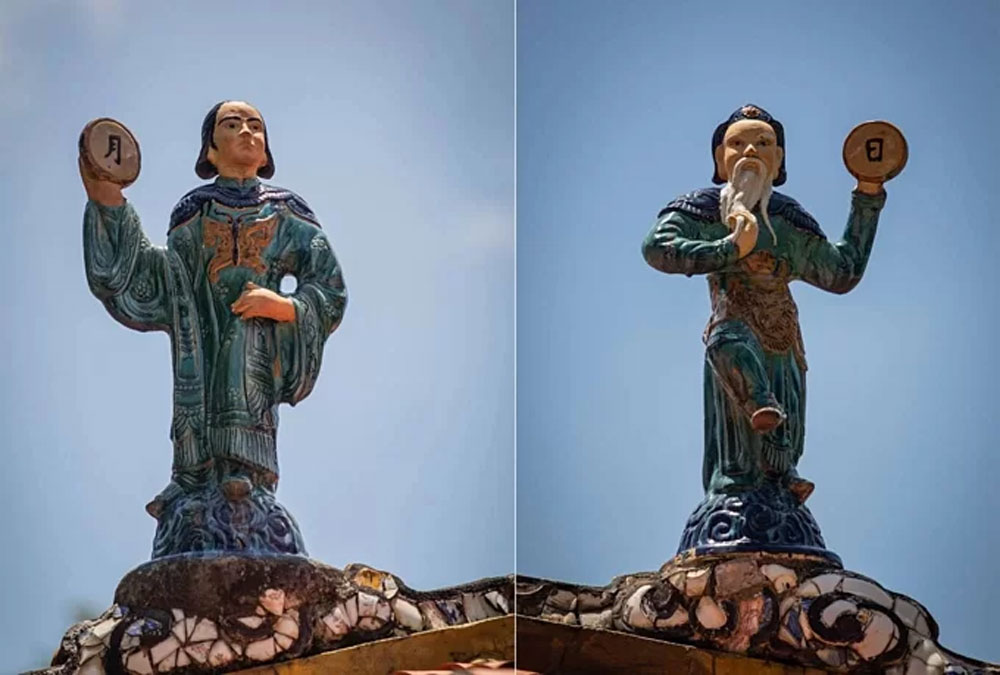 |
|
A male and female statue representing yin and yang is also on the shrine’s roof. Very characteristic of Chinese shrines, this temple is one of the few in Vietnam to have them. |
Duyet was deeply trusted by Prince Nguyen Anh and revered by the people thanks to his great military skills and acute mindset for economic strategies. He fought alongside the prince, who ascended the throne as Gia Long. He also served the emperor’s son, Minh Mang.
Duyet passed away in 1832. It was also when Emperor Minh Mang acted on his disdain of the mandarin by removing all his followers from their posts in the government. Some records say the reason behind the disdain was because Duyet didn't approve Minh Mang to ascend to the throne when he was serving his father.
Duyet's adopted son, Le Van Khoi, started a rebellion against King Minh Mang. It was brutally put down, with thousands of rebel troops and their families slaughtered. Enraged by the rebellion, Minh Mang ordered all of Duyet’s descendants above the age of 15 beheaded.
Duyet’s tomb was desecrated. He was only exonerated by Thieu Tri, Ming Mang’s eldest son, in 1849. Later the fourth emperor of the Nguyen Dynasty, Tu Duc, turned the tomb into a national monument.
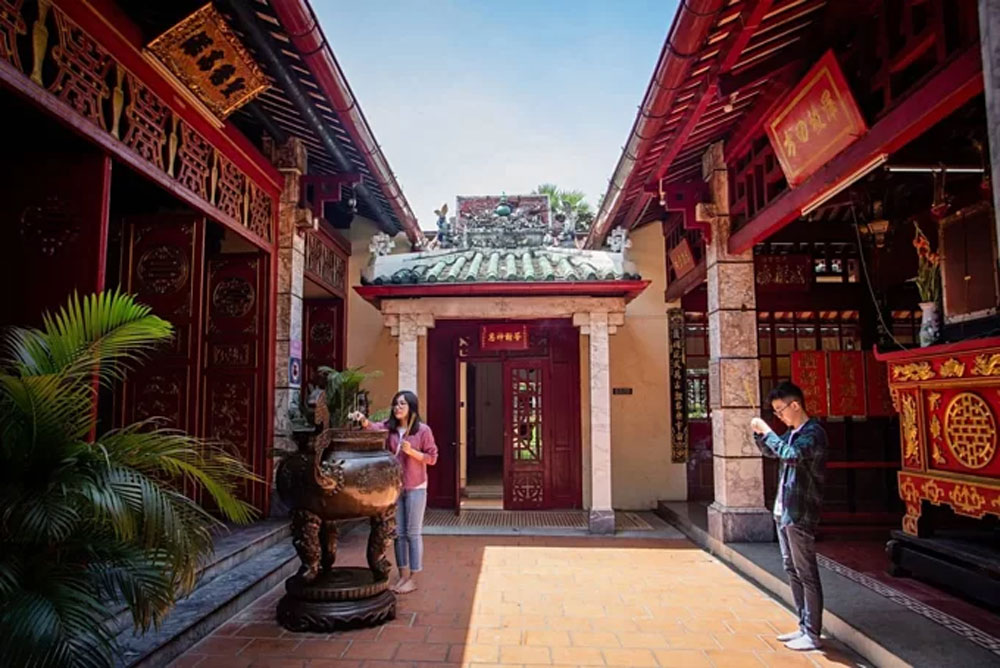 |
|
Two people burn incense in the courtyard connecting the central and main areas of the shrine. |
By 1914 the worship of Duyet was expanded by a group of volunteers called Thuong Cong Quy Te who began to take care of the tomb.
The altar in the main hall (pictured above) has a copper statue of Duyet based cast from his portrait printed on the 100-dong bill used in Saigon prior to 1975.
According to the monument management board, 100-200 locals and foreigners visit every day. During Tet, the Lunar New Year holiday, 100,000 people pay their respects at the temple.
Source: VnExpress
 Bắc Ninh
Bắc Ninh





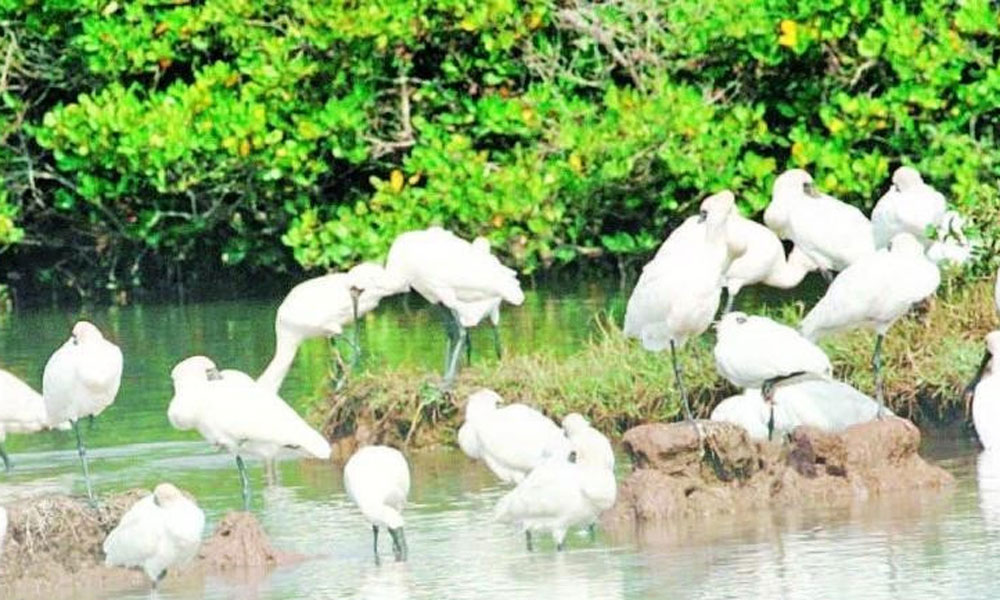

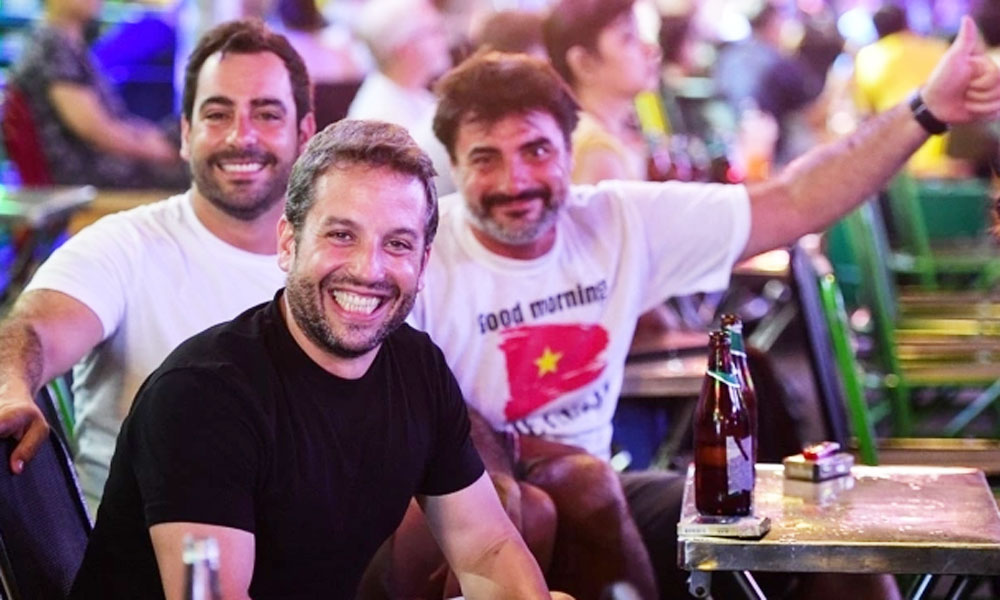





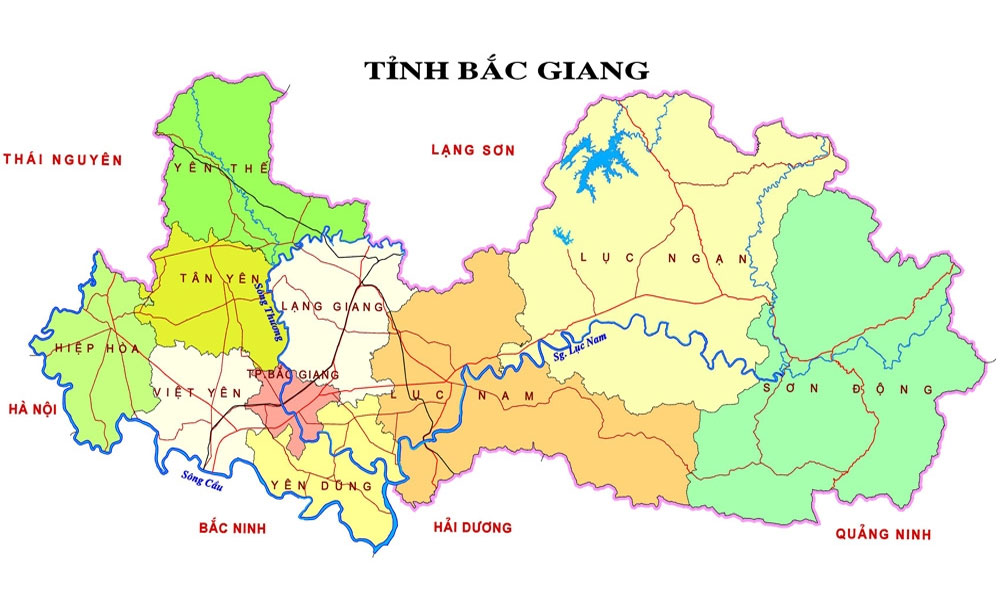


Reader's comments (0)